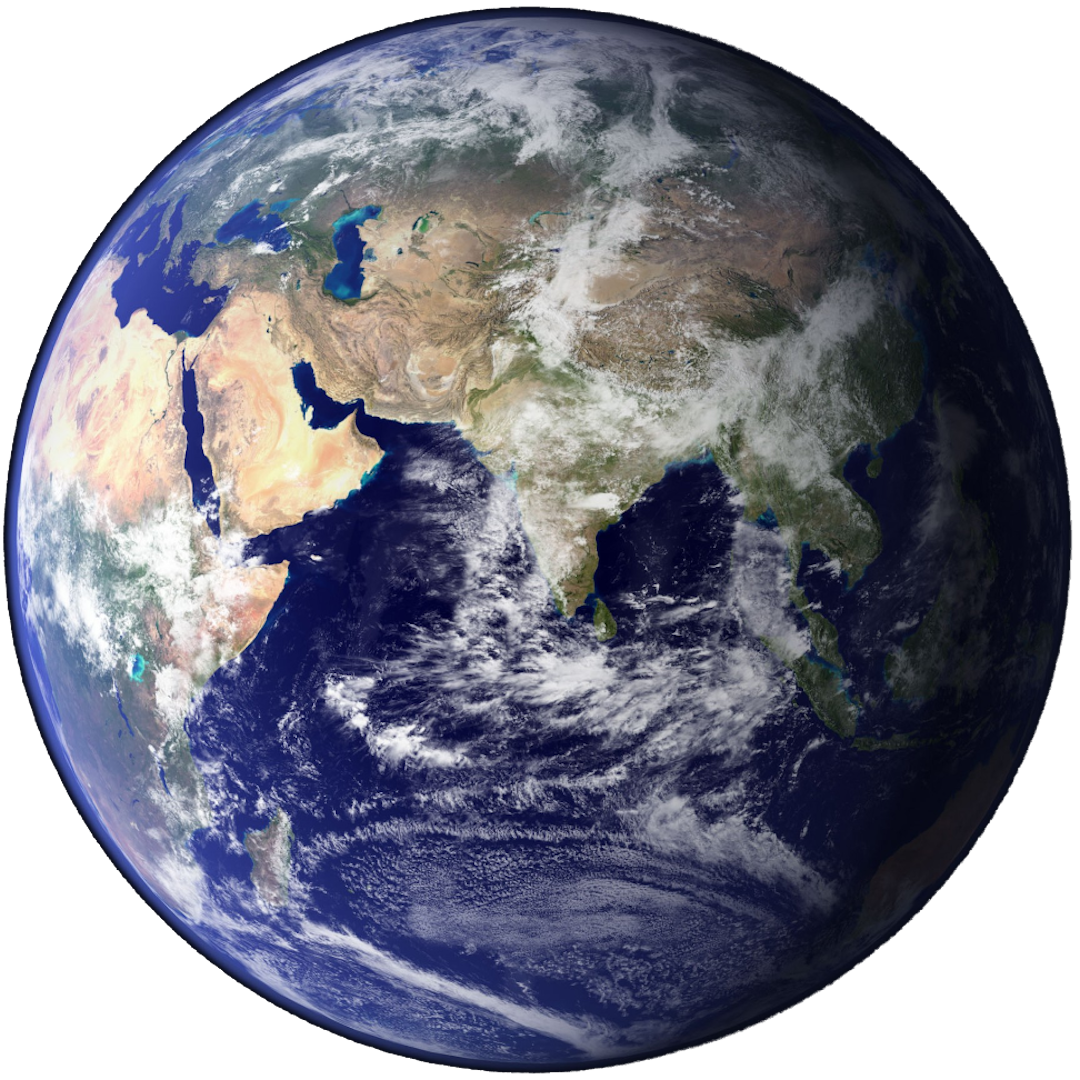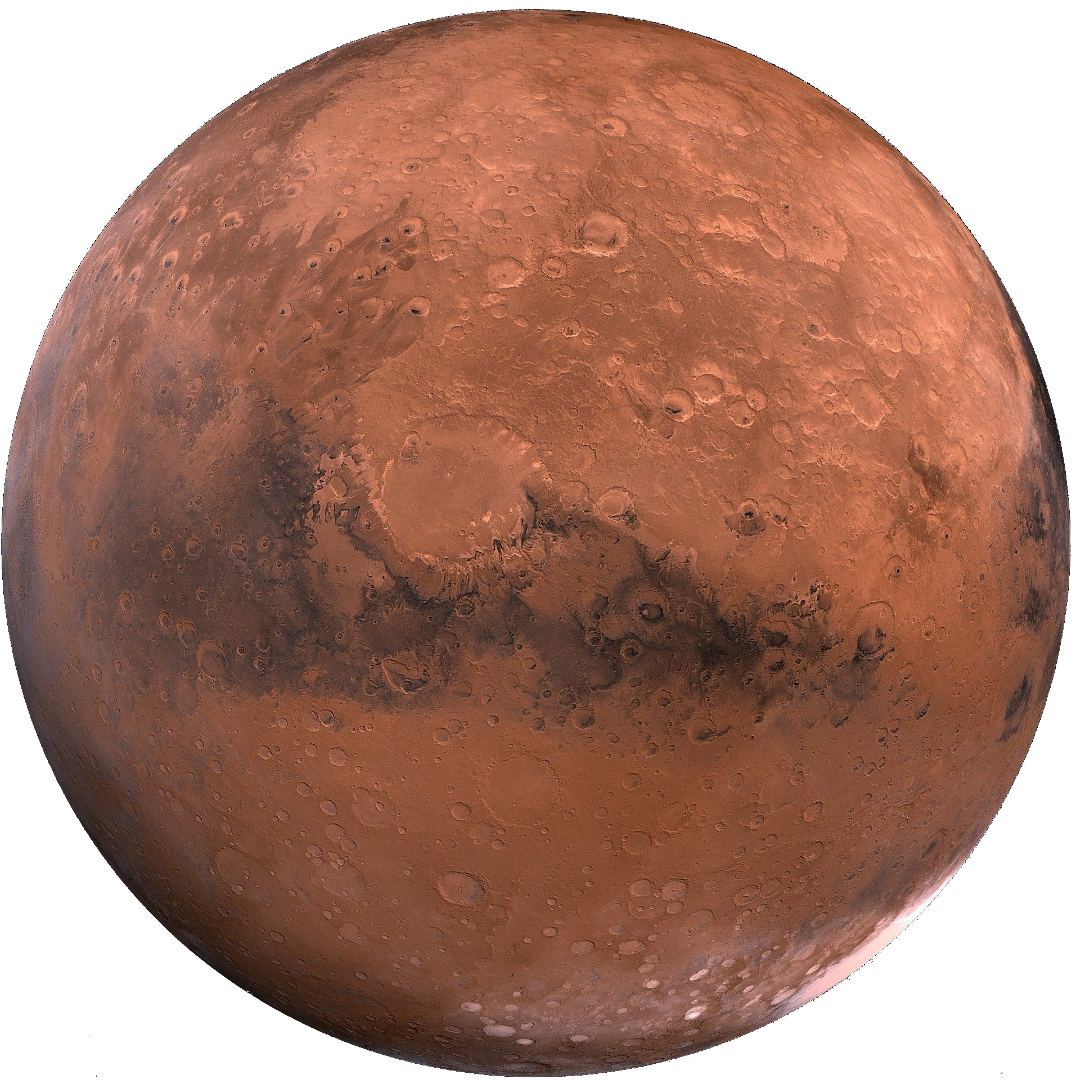The Planets
Earth. Our home planet, isn't it beautiful? With a diameter of 12'742 kilometres, Earth is the biggest non-gas planet in our solar system. Unlike other planets, we have only one moon. But this makes us appreciate its attractiveness even more.
On Earth, a day passes after the standard 24 hours. But it can also happen that some days are longer or shorter by seconds, possibly even by a couple of minutes.
The terrestrial atmosphere currently consists of 78% nitrogen and 20% oxygen. The last percentages consist of water vapour, carbon dioxide, methane, ozone, and many other gases. If we are not careful, these gases could also increase in the future!
The Earth has an angle of 23.5° relative to the Sun. This number also used to be different: scientists state that the Earth was once at 24.5°.
The distance to the Sun changes constantly. However, the average is currently at around 149,600,000 kilometres.
 Source: "Planet Earth", publicdomainpictures
Source: "Planet Earth", publicdomainpictures
 Source: Pixabay
Source: Pixabay
Mars. Not the chocolate bar, but the planet. Possibly soon, our second home? Will we have a colony by the 2035s? Learn more about this topic here.
The planet Mars has a diameter of 6'779 kilometres. That makes it the second-smallest planet in the solar system. Nevertheless, it is a neighbour of Earth.
Mars has a gravitational pull of about 3.721m/s². This makes it less than half the gravity of Earth; 62% less, to be exact. If someone weighs 60kg on Earth, they are only 22.8kg on Mars. In total, two moons orbit Mars: Phobos and Deimos. Both aren't very big, with a radius of 11km and 6km. With a radius of 1737km, the Earth's moon is much bigger.
On Mars, a day almost lasts as long as on Earth. It is 24 hours and 40 minutes long. Mars orbits the Sun in 687 Earth days. In martian days, it would be roughly 668 days.
Presently, Mars' angle to the Sun is about 25.2°. This number was also different in the past. The distance to the Sun is quite a bit further than the Earth. It is 227,940,000 kilometres.